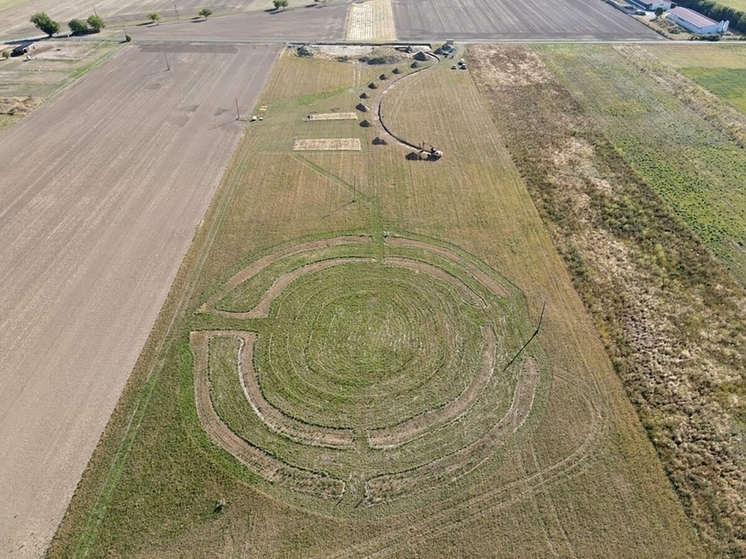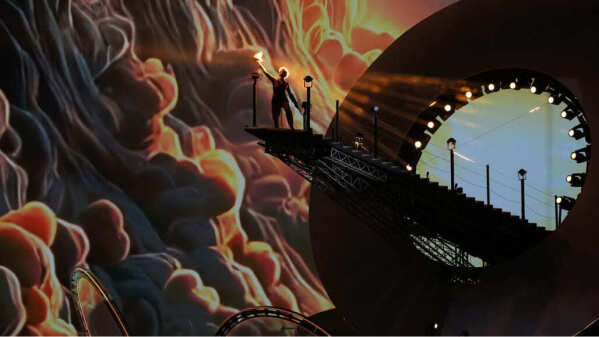Archaeologists have discovered circular structures in Europe that predate Stonehenge by 2,000 years.

Austrian archaeologists have discovered a 6,500-year-old Neolithic complex in Rechnitz.
Austrian archaeologists have discovered mysterious circular earthworks near the town of Rechnitz that are 6,500 years old, making them nearly two millennia older than Britain's famous Stonehenge. According to the scientists, this discovery sheds new light on the lives of Neolithic communities in Central Europe.

test banner under the title image
In the fields near the Austrian town of Rechnitz, archaeologists made a discovery that could rewrite the early history of Central Europe. After seven years of meticulous research, conducted from 2011 to 2017, scientists completely cleared and studied a complex of four mysterious circular structures built approximately 6,500 years ago—almost two millennia before the construction of the famous Stonehenge in England. As Nikolaus Franz, director of the archaeological center, notes, these excavations open "a real window into the Stone Age," allowing modern researchers to peer into the lives of Neolithic settlers who, in the sixth millennium BC, began to develop agriculture and livestock farming in what is now Austria.
The largest of the discovered circles reaches an impressive size—almost 106 meters in diameter, nearly comparable to a modern football field. Three of the four structures are systems of concentric trenches, created between 4850 and 4500 BC. What makes this find particularly valuable is its unique concentration—the presence of three systems of circular ditches in close proximity to one another, a feature found nowhere else in Central Europe. According to Franz, this indicates that during its heyday, Rechnitz was likely an important regional center, a focal point for the social and ritual life of ancient communities.
The purpose of these mysterious circular structures remains a subject of debate. More than 120 similar circular ditch systems have been discovered in Central Europe, typically consisting of one to five concentric trenches, often bordered by wooden posts. Some researchers suggest their ritual or astronomical purpose, while others see them as defensive structures or elements of social organization. During excavations in Rechnitz, scientists discovered not only the trenches themselves but also holes left by wooden posts, ceramic artifacts, and the ruins of two nearby settlements, allowing for a comprehensive study of the everyday life of the ancient inhabitants of this area.
Of particular interest are dwellings dating back to the Neolithic Revolution—the fundamental transition of humanity from a nomadic hunter-gatherer lifestyle to sedentary agriculture, which began approximately 12,000 years ago. This transition "forever changed human lifestyles, diet, and interaction, paving the way for modern civilization." The discovery of settlements near circular structures allows scientists to study the relationship between social organization, ritual practices, and the daily lives of the region's first farmers.
Archaeologists are currently working to create an archaeological park with a modern visitor center at the excavation site. To recreate the atmosphere of the Neolithic era, the team has already planted crops cultivated by ancient farmers—barley, flax, and nettles. Laboratory analysis of soil samples taken during the excavations is ongoing. Researchers from the University of Vienna hope these analyses will reveal new details about the agricultural practices and diet of the people who created these enigmatic circular structures nearly seven millennia ago.

mk.ru





